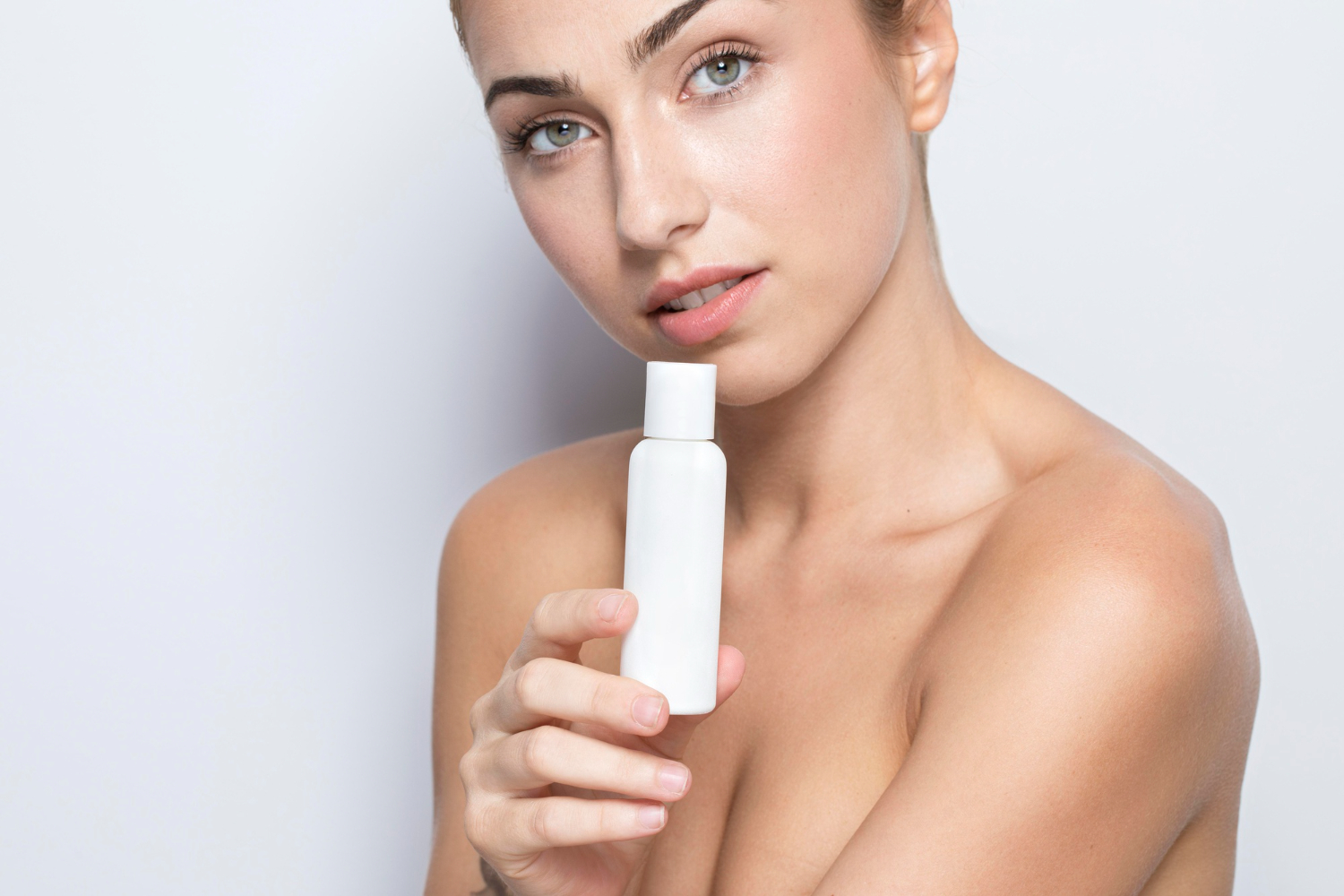Getting ready for a photoshoot isn’t just about your wardrobe or poses, it starts long before you step in front of the camera. What you put on your skin, how you treat it in the days leading up to the shoot, and the choices you make the night before all impact how you’ll look on film. For me, having a reliable skincare routine has become just as essential as practicing my walk or nailing a pose. When my skin is clear, balanced, and glowing, it boosts my confidence and helps the final images shine.
Daily Skincare That Builds the Foundation
My skincare process is something I stick to whether or not I have a photoshoot coming up. Consistency is what keeps my skin stable and prevents surprises like breakouts or dullness. My core routine includes gentle cleansing, toning, moisturizing, and SPF. I don’t complicate it with too many products, simplicity has always worked best for me.
Every morning, I use a mild gel cleanser that removes overnight oils without stripping moisture. After that, a lightweight hydrating toner preps my skin for the next steps. I always use a serum packed with antioxidants, vitamin C has become one of my staples for brightening and protecting against environmental stress. Then, I lock it in with a fragrance-free moisturizer and top it off with a broad-spectrum SPF 50, even on cloudy days.
At night, I double cleanse, first with an oil cleanser to remove makeup and sunscreen, followed by a water-based cleanser to clean deeper. A nourishing serum and a rich night cream help my skin recover overnight. I also exfoliate gently with a chemical exfoliant (like lactic acid or PHA) twice a week. Physical scrubs tend to irritate my skin, so I avoid them.
The Week Before the Shoot
When I know I have a shoot scheduled, I start prepping my skin about five to seven days in advance. I avoid experimenting with new skincare products because I don’t want to risk any adverse reactions. My focus is on hydration, calming inflammation, and maintaining a clear complexion.
I increase my water intake during this time and try to cut back on sugar and dairy, which tend to trigger minor breakouts for me. I also make sure I’m getting enough sleep, seven to eight hours is ideal. If my schedule’s hectic, I at least take time in the evening to unwind, turn off my phone, and follow a relaxing skincare ritual. A face mask two or three times that week helps too. I alternate between a hydrating sheet mask and a soothing clay mask, depending on what my skin needs.
The Night Before
The night before a shoot, I always stick to what my skin already knows. I cleanse thoroughly, use a gentle toner, and apply a serum that focuses on calming and hydration, usually one with hyaluronic acid and niacinamide. I avoid anything that could increase sensitivity, like retinol or strong exfoliants. A thin layer of a calming overnight mask helps lock in moisture and gives my skin a plump, fresh look by morning.
Sleep is my best friend the night before. I try to go to bed early, propping my head up slightly with two pillows to help with lymphatic drainage and reduce puffiness. I also avoid salty foods at dinner to prevent water retention.
The Morning of the Shoot
I like to wake up early enough to move through my morning routine slowly. I wash my face with cool water and use a soothing toner to freshen up. A hydrating serum and a light, non-greasy moisturizer help my skin feel soft without looking shiny. I avoid heavy creams or oils that could cause makeup to slide off. I always apply sunscreen, even if we’re shooting indoors, because UV rays can still come through windows.
If my skin looks puffy, I use ice globes or chilled spoons to massage my face gently. This not only reduces puffiness but also wakes me up. I never skip lip balm either, dry lips can ruin close-ups fast.
What I Avoid Before a Shoot
There are several things I steer clear of leading up to a shoot. First and foremost: new skincare products. Even if something looks promising, I’ll only try it well after the shoot. I also skip any spa treatments like facials or chemical peels unless I’ve done them before and know how my skin reacts. These treatments can make your skin look worse before it gets better.
I also avoid alcohol and caffeine in large amounts before a shoot. Both dehydrate the skin and can leave my complexion looking dull or irritated. If I do have coffee, I pair it with lots of water and eat a hydrating breakfast like fruit and oatmeal.
Travel and Skin Fatigue
Photoshoots often involve travel, and flights can wreck my skin if I’m not careful. Whenever I fly the day before a shoot, I make sure to carry a mini version of my skincare routine with me, cleanser, toner, mist, serum, and moisturizer. During the flight, I avoid wearing makeup and keep my face moisturized with a hydrating mist and a light balm.
If I arrive at a destination with tired-looking skin, I use a sheet mask right after checking in, followed by a short facial massage with my hands or a jade roller. This helps reset my skin and makes it feel refreshed again. Travel-friendly products that don’t spill or leak have saved me many times.
Diet That Supports Clear Skin
My meals matter just as much as my skincare routine. I try to eat whole, nutrient-rich foods in the days before a shoot. Leafy greens, berries, fish rich in omega-3s, and plenty of water help reduce inflammation and boost radiance. I cut back on fried or processed food and minimize my salt intake to prevent puffiness.
One of my go-to breakfasts on shoot days is Greek yogurt with berries, honey, and chia seeds. It’s light but filling, and the probiotics support gut health, which is directly linked to skin health. If I’m nervous or don’t have much of an appetite, I sip herbal teas like chamomile or peppermint.
Makeup Compatibility
If I know who the makeup artist will be, I try to get a feel for the products they use. Some foundations or primers don’t sit well on certain skin types, so I prepare by making my skin as smooth and even as possible. I also avoid spot treatments or patches on the day of the shoot, even if a breakout appears. It’s better to let the makeup artist cover it than risk irritating the area more.
Prepping my skin to be a great canvas helps the makeup artist and speeds up the process. Hydrated skin means foundation won’t flake or crack, and a smooth base makes every photo look more polished.
Long-Term Skincare Habits That Help
Beyond the immediate preparation for a shoot, I’ve developed some long-term habits that support my skin overall. I visit a dermatologist once every few months for check-ups and personalized advice. I also take supplements like zinc, vitamin D, and omega-3 after consulting with my doctor. These have made a noticeable difference in how resilient my skin is to stress and travel.
One thing I’ve learned is to always wash off makeup fully after shoots, no matter how tired I am. It’s tempting to crash into bed, but sleeping with makeup on guarantees breakouts for me. A thorough double cleanse followed by a simple nighttime routine is how I let my skin recover.
Listening to Your Skin
Everyone’s skin is different, so I pay attention to how mine reacts to changes in weather, stress, or diet. If my skin feels dry, I focus more on hydration. If it’s oily or breaking out, I simplify my routine. I don’t overdo it with actives or pile on products to fix a problem overnight. Skincare is a long game, and the results of a smart routine show up consistently in my photos.

